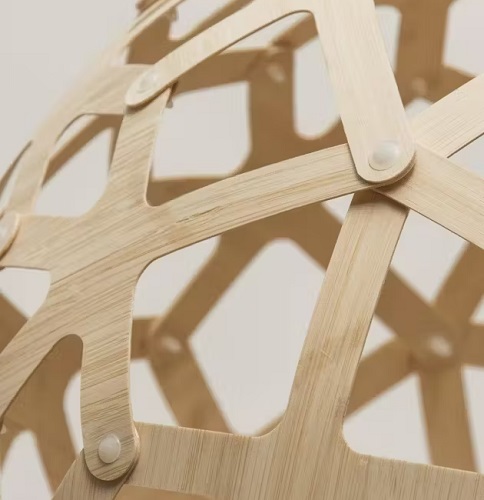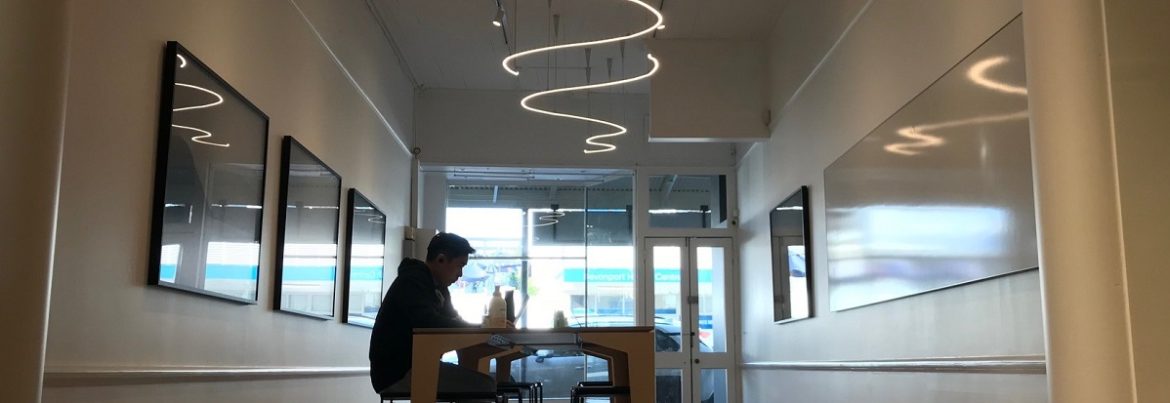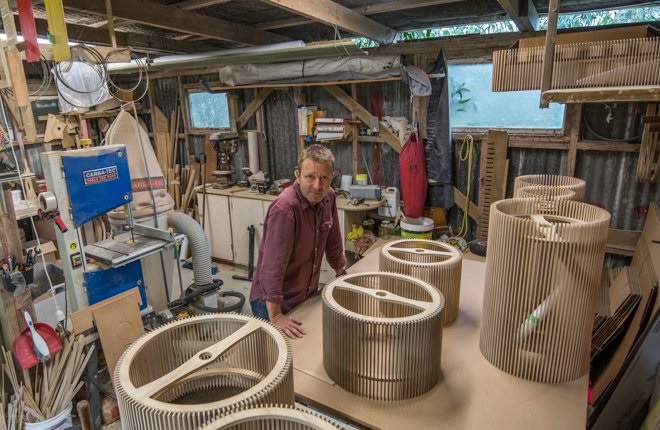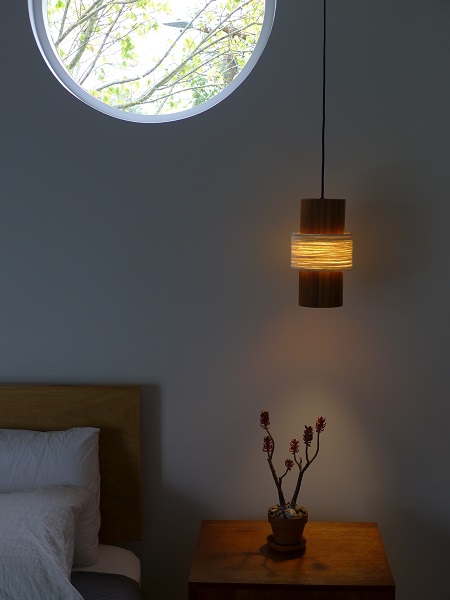Luminaire / Light Design in Aotearoa
Designers such as David Trubridge ,who was awarded a NZ Order of Merit for services to design in 2019, have put Aotearoa on the map for luminaire (light fitting / fixture) design, but there is much more to the story. There are a multitude of independent designers and small companies producing quality luminaires and light shades with their own unique styles, from across New Zealand.
Since his arrival in New Zealand from the UK in 1984, David Trubridge has built a worldwide reputation for producing beautiful light fittings inspired by natural forms, and constructed with a strong focus on sustainability. Others too have built success through development of their own unique aesthetics & processes, such as Mat Macmillan at Maker Design Studio, who has created a range of lights around a simple but effective design: The ‘iO’ light shade family.
Lighting Inspiration
The dramatic natural environment has had a strong influence on many of the forms found in New Zealand light design. The unique beauty of New Zealand’s striking landscapes and unique flora & fauna feed the design process and provide starting points for many designers. This may be as simple as the name chosen by the designer to evoke an association, such as the Maunga shade by Ron Crummer, The Frangipani shade by Joug, The Punga Light by Christopher Metcalfe, or the complex forms that inspire the work of David Trubridge and are revealed in the names and stories behind the designs.
Somewhat surprisingly, aside from the use of Te Reo in naming, there are few mainstream luminaire designs in Aotearoa which display a significant influence from Māori cultural motifs, crafts, or materials, beyond occasional one-off sculptural pieces. (There are some exceptions though, such as David Tribridge’s’ Hinaki and Koura, inspired by Māori eel & koura traps)
Materials
Manufacturers of luminaires in Aotearoa often seem to favor timber as a medium. This is likely to be for a number of reasons: Many have grown from cottage industries, where the limitations of available tools and materials made timber, bamboo, or plywood, an obvious choice. A renewable and biodegradable resource such as plywood is appealing for its price point, workability, and low environmental impact.
Other popular materials include salvaged native timbers, recycled plastics, and found objects such as logs & branches. With recent advances in LED technology these materials can be relatively easily adapted to function as a luminaire, since size and excessive heat generation are no longer limitations. Examples of this type of design include some of the work by Rebecca Asquith of Design Tree studio, or designer James Russ, who creates striking designs from recovered objects. There are even designers using materials as diverse as wool, seen in the beautifully crafted Circlet Light by Cast Lighting.
Artisan producers such as glassblowers have also found a place in the market, using their unique skills to their advantage to produce stunning designs. Designers such as Katie Brown or Monmouth Glass are great examples.
Sustainability
Clearly the environmental impact and sustainability of any product is a major consideration in any quality design, and this is evident in many products in the New Zealand market. David Trubridge has developed his range of lighting to be shipped in kitset form to minimize the impact of freight, and packaged his lights in recycled cardboard packaging, with cellulose bags to limit the use of plastics. The use of timber and other natural materials by many New Zealand designers means that at the end-of-life the luminaire can be disposed of with minimal negative impact on our environment.
Challenges
Sadly, the difficulty of becoming established, and surviving, as a small luminaire producer in Aotearoa is hugely challenging. The relatively small market means that even designers with a well-developed product cannot always survive. The cost of setting up a business, and of research & development, then getting your new product to market are simply not achievable for many, who are forced to operate part – time while working other jobs, or simply drift away as the challenges become too great to overcome.
The glut of low quality ‘knock-off’ lighting products in the New Zealand market, often sold online at low prices impacts on both New Zealand light designers and retailers.

The bamboo plywood used by David Trubridge is a biproduct from the sustainably grown bamboo plantations used to harvest bamboo shoots.
Other manufacturers
In addition to the wider school of luminaire design discussed above there are several more technically driven luminaire designers and manufacturers in New Zealand. Companies such as Switch Lighting are producing highly engineered LED downlights on a par with the best out of Europe from a laboratory and manufacturing plant near Nelson. There are also manufacturers like HUNZA producing a range of extremely robust exterior lighting for the global market.
Aotearoa has no shortage of talented luminaire designers, each bringing their own innovations and unique aesthetics to the field of light design. These designers are known for their innovative use of natural materials, their commitment to sustainability, and their ability to create lighting designs that are both functional and spectacular.
Oct 2024




